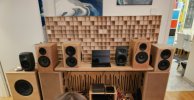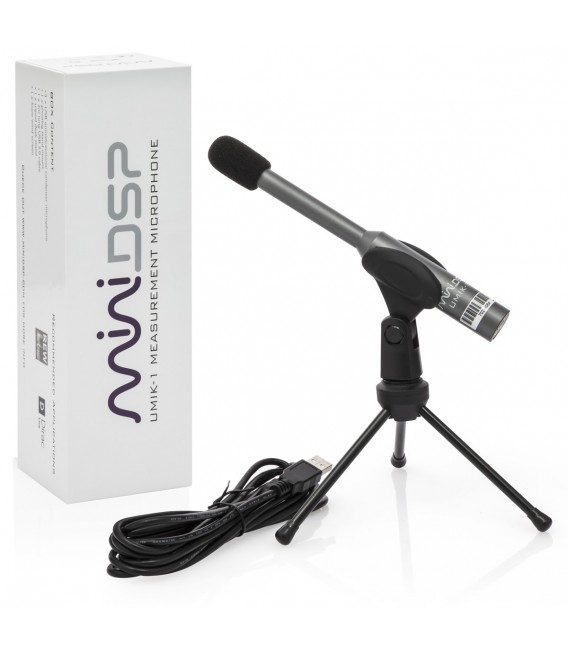If you decide against wall mounting, £2.5k would get you some nice floorstanding speakers. If you are using for movies as well as music, you might appreciate the extra drivers/cabinet volume.
My gut intuition is that people could tell speakers apart, in double blind test, at a rate higher than chance. I don't know how the test would be done, but if that is the outcome, it would suggest that speakers that measure well aren't similar enough to be mistaken for each other.
My own experience (admittedly not as extensive as yours) is that even high quality speakers have a 'sound signature'. It is likely people will have preferences one way or another.





